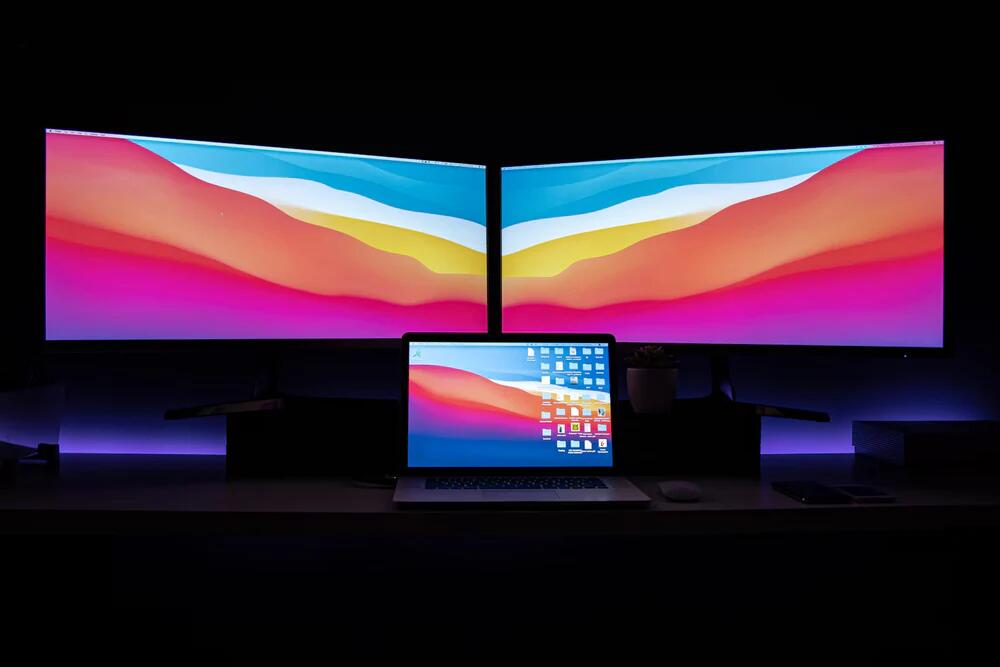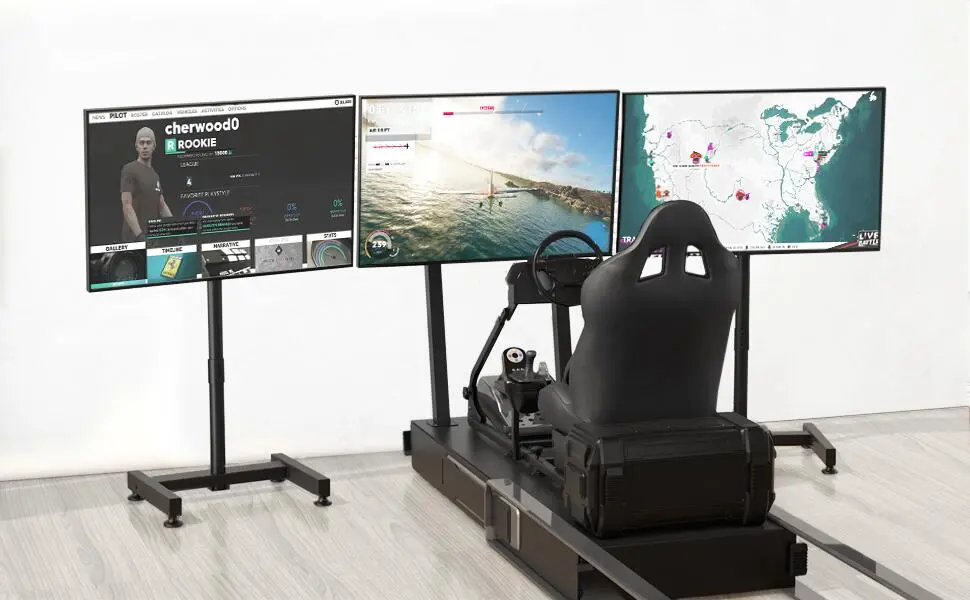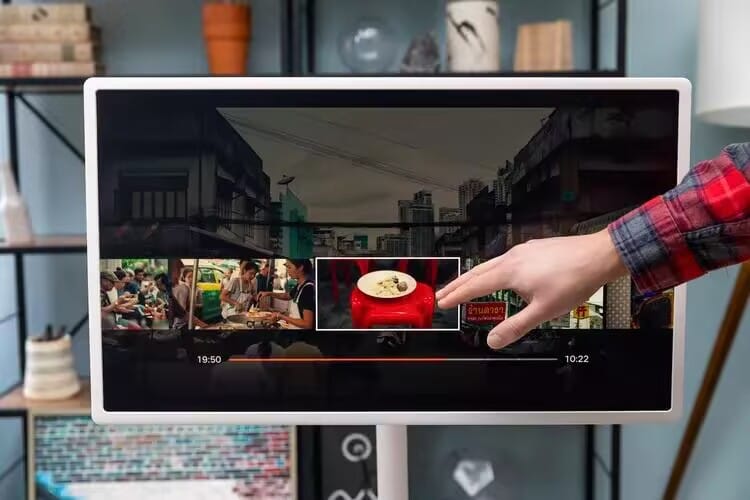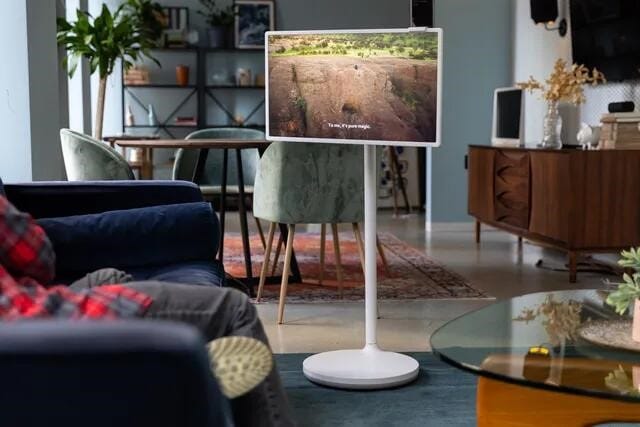In the digital era, high-definition and even ultra-high-definition video have become essential parts of our daily life and work. Whether it’s connecting a laptop to an external monitor or casting a phone screen to a large television, advancements in video transmission technology allow us to seamlessly share visuals across multiple devices. Among the various video transmission options, the combination of USB-C and HDMI interfaces has gradually become mainstream. Behind this shift lies an important story of protocol evolution and performance differences worth exploring.
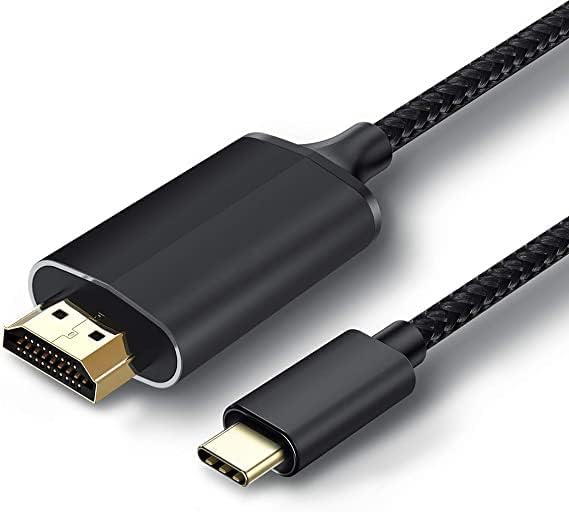
1. Basic Understanding of USB-C and HDMI Interfaces
(1) USB-C Interface
USB-C, short for USB Type-C, is a new form of USB connector. Its oval shape allows for reversible plug orientation, effectively solving the common issue of plugging traditional USB the wrong way. Compared with older USB connectors, USB-C brings not only a physical redesign but also major functional improvements. It supports multiple protocols, including USB data transfer, DisplayPort video transmission, and even power delivery. Thanks to this versatility, USB-C has been widely adopted across smartphones, tablets, laptops, and more.
(2) HDMI Interface
HDMI (High Definition Multimedia Interface) is one of the most widely used high-definition video interfaces today. It enables the simultaneous transmission of high-quality video and audio signals. With excellent compatibility and convenience, HDMI dominates in TVs, monitors, projectors, and other display devices. From its initial HDMI 1.0 version to the current HDMI 2.1, the interface has continuously evolved in video resolution, refresh rate, and color depth to meet the growing demand for HD and UHD content.
2. The Evolution of Video Transmission Protocols
(1) DisplayPort Protocol in USB-C
When using USB-C for video transmission, one of the key underlying protocols is DisplayPort (DP). Developed by VESA (Video Electronics Standards Association), DisplayPort is a digital video interface standard designed for high-resolution displays, aiming to replace older interfaces like VGA and DVI.
The early DisplayPort 1.0 supported resolutions up to 2560×1600 with a bandwidth of 10.8Gbps. As the protocol advanced, DisplayPort 1.4 brought support for 8K×4K (7680×4320) at 60Hz and introduced HDR (High Dynamic Range), greatly enhancing visual quality. The latest DisplayPort 2.0 boosts bandwidth up to 80Gbps and supports 10K resolution and beyond, laying a strong foundation for next-gen UHD content.
USB-C leverages DisplayPort internally to transmit video signals at high speed. With just one USB-C cable, users can project content from laptops or smartphones to external displays—no need for dedicated video output ports—simplifying device connectivity.
(2) Evolution of the HDMI Protocol
Since its inception, HDMI has undergone numerous upgrades. HDMI 1.0 was launched in 2002, supporting synchronized transmission of HD video and multi-channel audio, with a maximum resolution of 1080p and a bandwidth of 4.95Gbps. HDMI 1.3 later introduced Deep Color technology, enabling richer color depth.
HDMI 2.0 significantly boosted performance by supporting 4K resolution (3840×2160) at 60Hz, increasing bandwidth to 18Gbps, and allowing multi-stream audio transmission. HDMI 2.1, the latest version, delivers even more impressive capabilities: support for 8K resolution (7680×4320) at 60Hz, and 4K at a stunning 120Hz refresh rate—perfect for gamers. Additional features like dynamic HDR, Variable Refresh Rate (VRR), and Quick Frame Transport (QFT) further improve video quality and smoothness.
3. Performance Differences Between USB-C and HDMI Video Transmission
(1) Resolution and Refresh Rate
Both DisplayPort and HDMI protocols have their strengths depending on the version. As noted, DisplayPort 2.0 supports resolutions of 10K and above, while HDMI 2.1 supports up to 8K and offers 120Hz at 4K. For everyday tasks like office work and standard video playback, USB-C with DisplayPort or HDMI transmitting 4K at 60Hz is sufficient. However, for professional gamers or video editors, HDMI 2.1’s high-frame-rate 4K or DisplayPort 2.0’s ultra-high resolution might be more appealing.
(2) Color Performance
Color depth and HDR capabilities play crucial roles in visual fidelity. DisplayPort 1.4 and newer versions support HDR, delivering broader color ranges and higher contrast for vivid imagery. HDMI 2.1 also supports dynamic HDR and performs well in color depth, offering detailed color gradients. While both excel in color reproduction, HDMI 2.1’s dynamic HDR can adjust parameters in real time based on content, potentially offering finer visuals.
(3) Transmission Distance
Transmission distance is another key factor. USB-C with DisplayPort typically supports 1–2 meters with standard cables. Using active cables can extend this range, but at higher costs. In contrast, HDMI cables support longer distances: up to 15 meters for 1080p and 5–8 meters for 4K. Fiber optic HDMI cables can extend this range to over 100 meters, making HDMI ideal for long-distance scenarios like conference rooms or home theaters.
(4) Compatibility
USB-C stands out in device compatibility thanks to its multi-functionality. It connects to displays using DisplayPort and can also be adapted to HDMI, VGA, DVI, etc., offering great flexibility. HDMI mainly serves display devices like TVs and monitors, requiring adapters for other types. Fortunately, HDMI’s wide adoption has led to a large variety of adapters to suit diverse needs.
4. Conclusion and Future Outlook
From USB-C to HDMI, continuous video protocol advancements have delivered richer visual experiences. USB-C, with its multifunctional design and embedded DisplayPort support, simplifies device connectivity, while HDMI remains a leading standard in HD video transmission thanks to its compatibility and evolving protocol versions. Each has its strengths in resolution, refresh rate, color fidelity, transmission range, and compatibility. Users should choose the best solution based on their specific needs.
As we enter the era of 8K, 10K, and beyond—and with technologies like Virtual Reality (VR) and Augmented Reality (AR) on the rise—video transmission protocols will continue to evolve. In the future, we can expect even faster speeds, better image quality, and improved device compatibility from USB-C and HDMI technologies, bringing us ever more immersive and seamless visual experiences.


